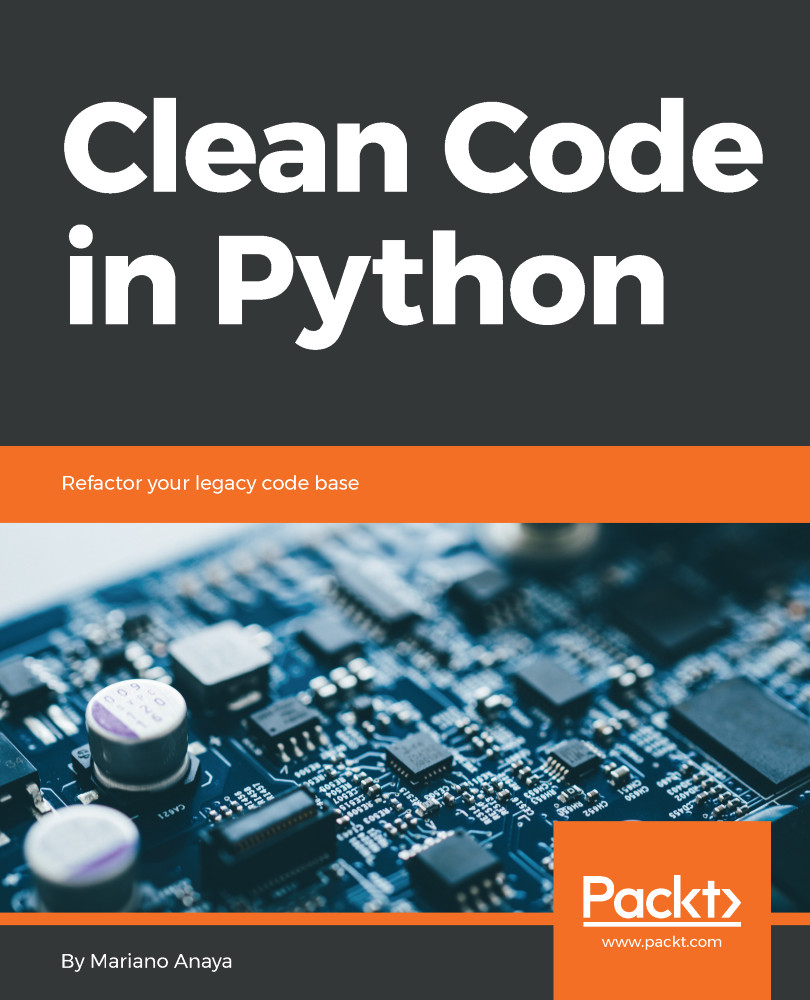This is a book about software construction with Python. Good software is built from a good design. By saying things such as clean code, one might think that we will explore good practices that relate only to the implementation details of the software, instead of its design. However, this assumption would be wrong since the code is not something different from the design—the code is the design.
The code is probably the most detailed representation of the design. In the first two chapters, we discussed why structuring the code in a consistent way was important, and we have seen idioms for writing more compact and idiomatic code. Now it's time to understand that clean code is that, and much more—the ultimate goal is to make the code as robust as possible, and to write it in a way that minimizes defects or makes them utterly evident,...


